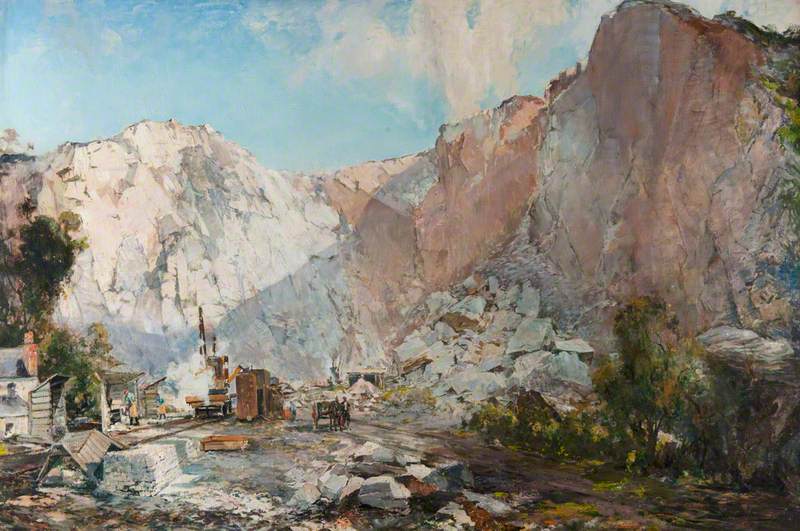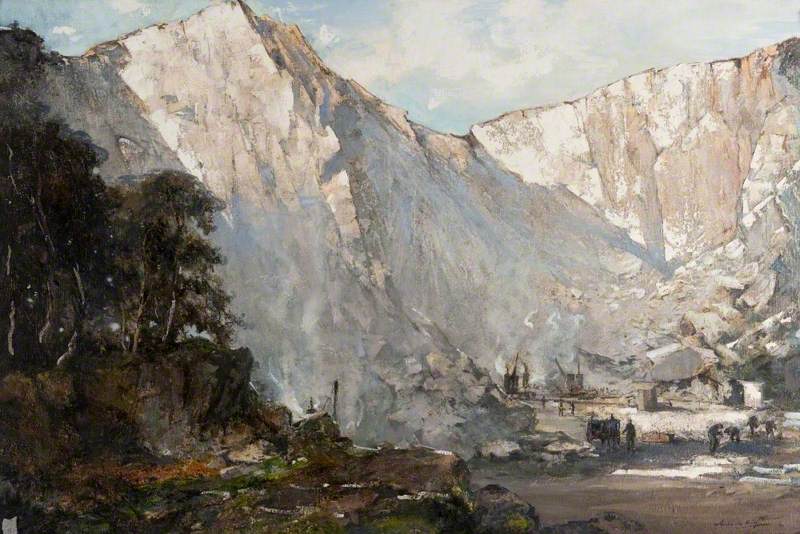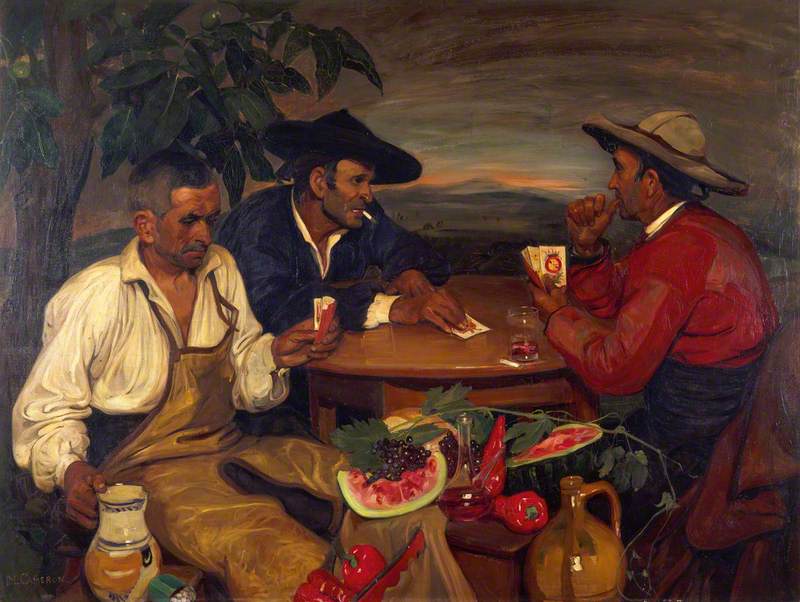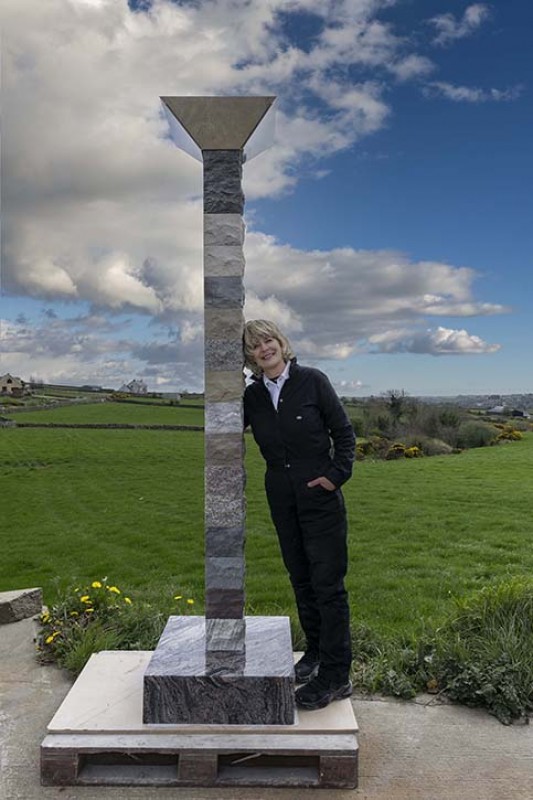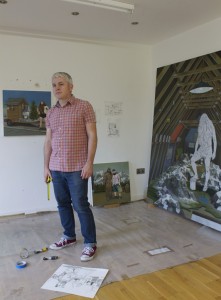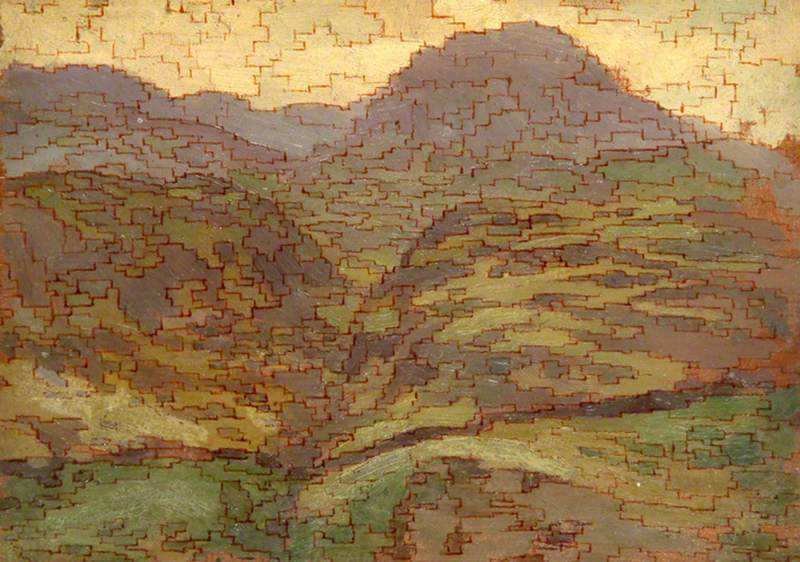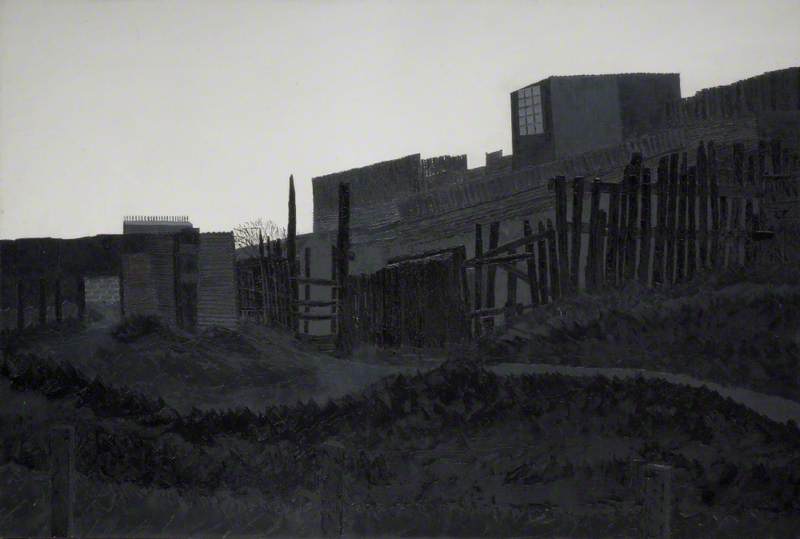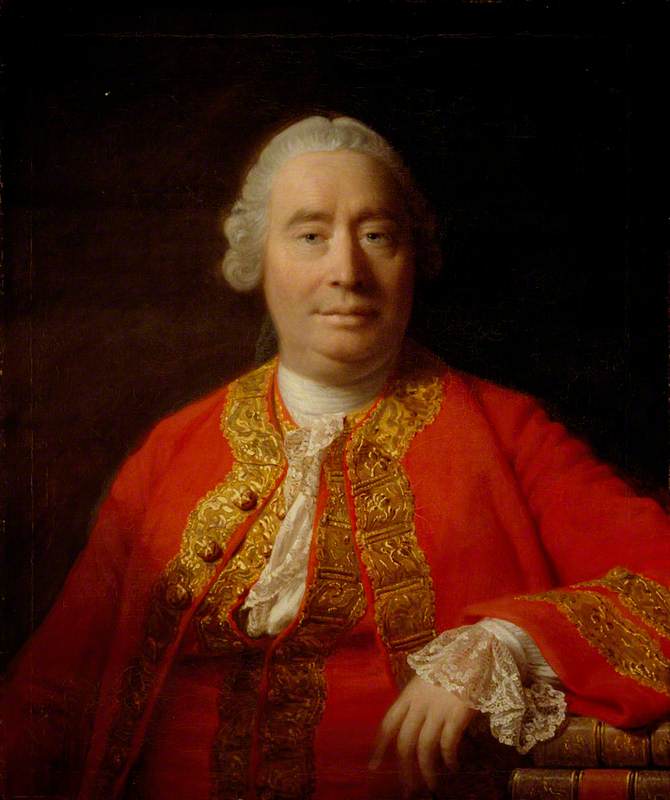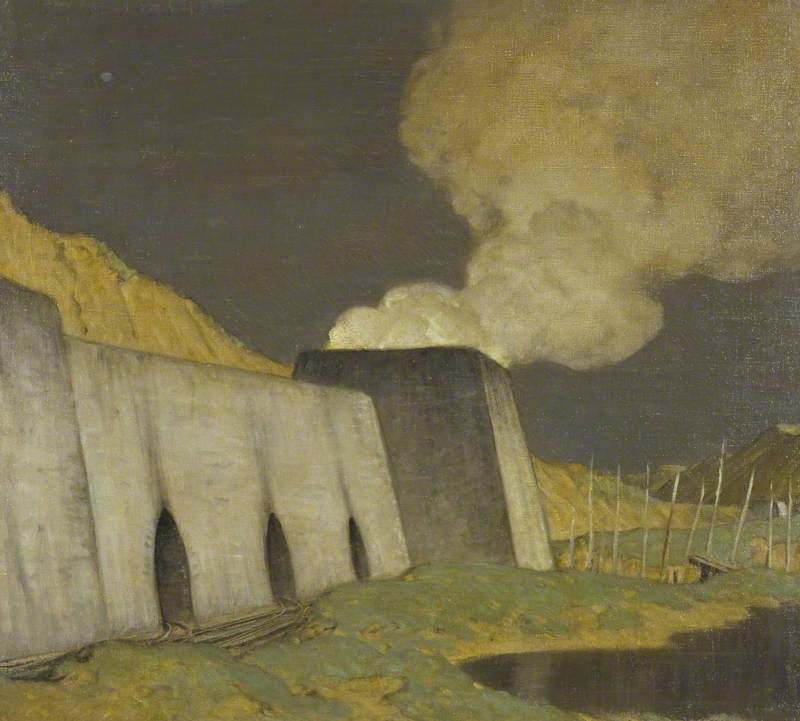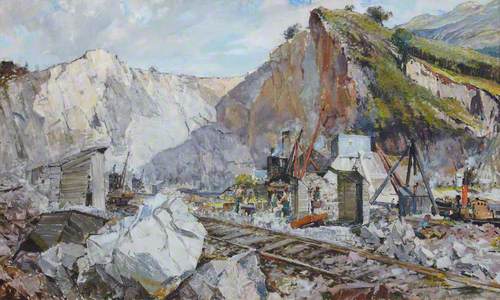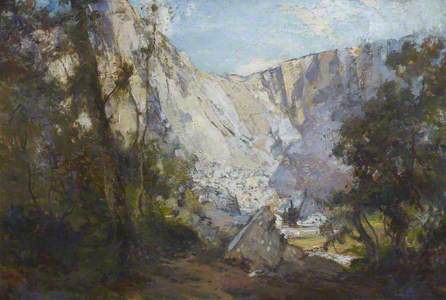When I first arrived as Curator of the McLean Museum and Art Gallery in Greenock over 30 years ago, I was pleased to discover what an excellent fine art collection it housed. One of the first paintings to make an impact on me was The Quarry, Furnace by Archibald Kay, an artist I had not heard of before. This monumental work features a working quarry with a vast expanse of pink and white rock dwarfing the human presence in the piece; nature and industry combined.
The painting is a ‘high impact’ work in every sense: epic in scale and concept, impressive in colour and form and also by far the heaviest painting in the collection, requiring a team of strong people to be assembled whenever it was placed on display.
As the McLean Museum worked on various projects with other museums and galleries in the west of Scotland, it became clear that other versions of the same work existed but their relationship to each other, and the artist’s intent in painting them, remained unclear. With the lack of research taking place on this hitherto rather neglected artist, it seemed unlikely that one’s suspicions and questions were going to be answered soon. However the arrival of Art UK’s oil paintings project transformed smaller museums and galleries’ capacities to learn about other collections, and so our understanding of this work has changed.
The Quarry, Furnace, Loch Fyne
Archibald Kay (1860–1935) 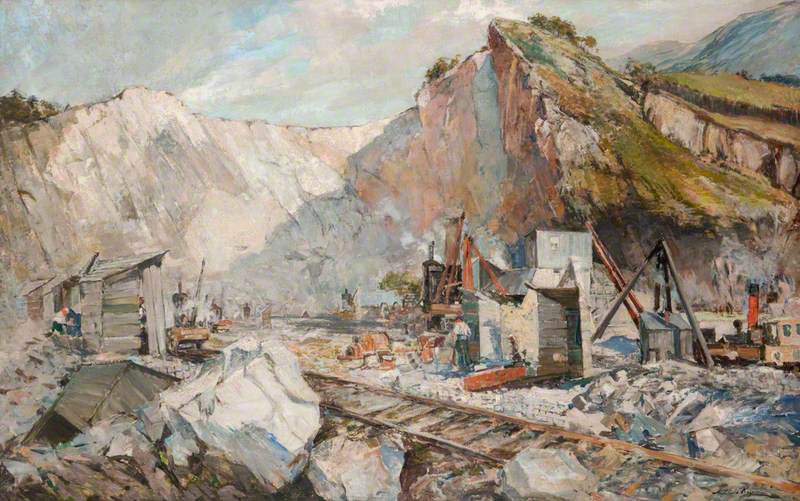
Many years on, I have been able to explore my suspicions about this work (and several others in our collection) through using the Art UK database. The ability of the resource to generate an overview of an artist’s oeuvre in public holdings has not only led to an awareness of the collections holding works on the same subject as the work in our collection, it has also helped us to place the work’s history, creation and vision into a broader context of understanding.
Furnace Quarry – The Streets of a Great City
c.1931
Archibald Kay (1860–1935) 
In addition to the version held by the McLean Museum are versions at Paisley Museum and Art Galleries, Renfrewshire Council Collections (The Quarry, Furnace, Loch Fyne), the Royal Scottish Academy of Art & Architecture in Edinburgh (Furnace Quarry – The Streets of a Great City), The Stirling Smith Art Gallery & Museum (The Quarry) and Glasgow Museums (Furnace Quarries, Streets of a Great City).
The Quarry
(possibly Furnace, Argyll)
Archibald Kay (1860–1935) 
Clearly the subject of the quarry at Furnace was one that preoccupied Kay over a protracted period, probably from around 1925 to the early 1930s. Kay’s previous landscapes (also available on Art UK) are fairly conventional in their approach to their subjects and much of his traditional approach is visible in The Quarry (The Stirling Smith Art Gallery & Museum). Yet he clearly seems to have felt the subject required a different treatment, for the other works are larger, starker and more epic in nature. The Furnace Quarry becomes a challenge and a testing ground for Kay’s technical and compositional abilities. The works become almost sculptural in approach as he eschews traditional elements such as foliage, and as his skill rises to the challenge of expressing the facets of the worked stone, the variety of colour to be found there and a range of lighting effects. These elements culminate in the drawing together of the entire composition as a bravura exercise testifying to Kay’s abilities as a landscape artist.
By the latter half of the 1920s, Kay was entering his late 60s and thoughts of posterity and his artistic legacy must surely have crossed his mind. It was perhaps this that moved him to undertake the most ambitious paintings of his career, paintings he evidently took great pride in and by which he clearly wanted to be remembered. The version in the Royal Scottish Academy was painted around 1931 and, significantly, was presented to the Academy as his Diploma work. Similarly one of the largest in the sequence, Furnace Quarries, Streets of a Great City, was retained by Kay during his lifetime and donated to Glasgow Museums in 1936 by his widow.
His contemporaries appreciated his work. The Glasgow Herald of 9th March 1932 reviewed an exhibition held at Kay’s studio: ‘The largest work in the collection is a vigorously rendered picture of Furnace Quarry, Lochfyne, a subject which Mr Kay has dealt with on several occasions from different points of view. In this latest picture of the quarry he has blended the realistic and decorative elements of the subject with striking effect.’
Through Art UK this remarkable group of paintings can now be appreciated by the public and by researchers alike, linking the pictures in a way never previously possible to illustrate an important aspect of an artist’s work. Art UK has given curators, especially in smaller museums, the ability to see the distributed national collection in new ways, leading to a greater understanding of paintings in public ownership.
Valerie Boa, Curator, McLean Museum and Art Gallery
